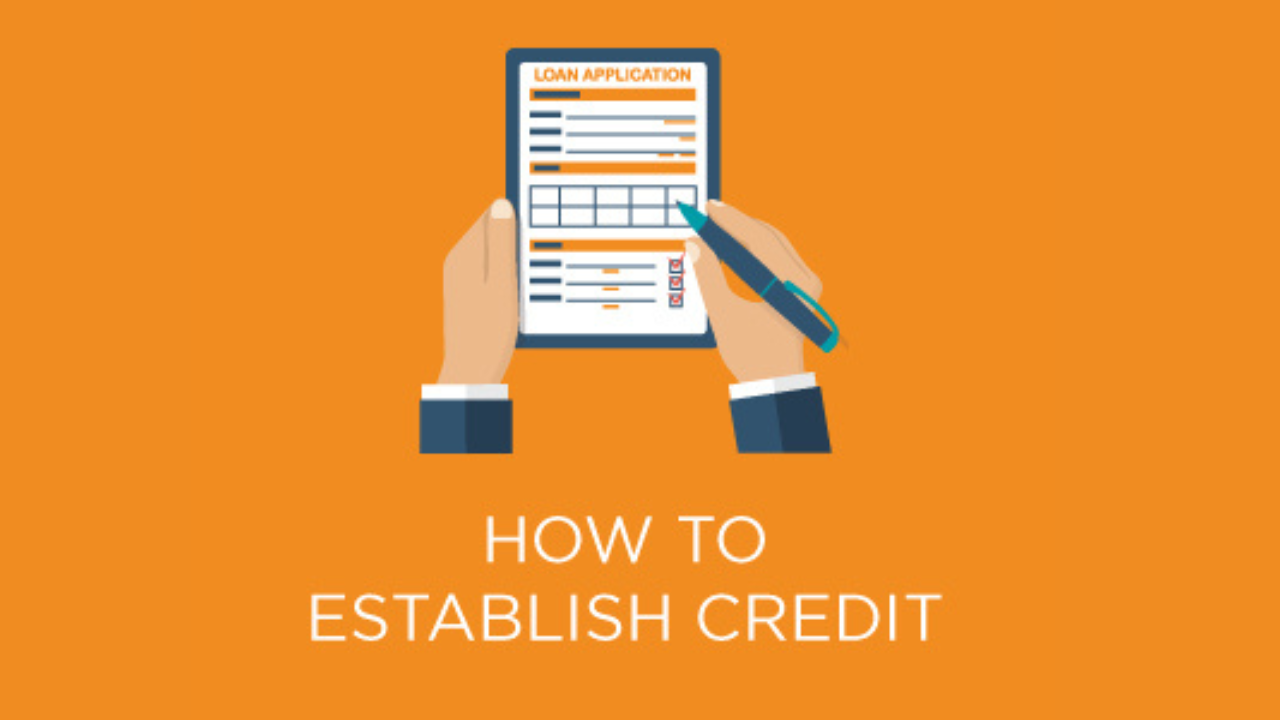
Building credit from scratch can seem like a daunting task, but it’s an essential step for achieving financial stability. Having good credit can open doors to lower interest rates, easier approval for loans and credit cards, and even better job opportunities. If you’re starting with no credit history, don’t worry—this guide will help you establish credit step by step.
Step 1: Understand Why Credit Matters
Before diving in, it’s important to know why building credit is vital. Your credit score is a measure of your creditworthiness, which lenders, landlords, and even some employers use to evaluate you. Starting early allows you to establish a positive financial reputation, which can benefit you throughout your life.
Step 2: Open a Secured Credit Card
One of the easiest ways to start building credit is by opening a secured credit card. These cards require a security deposit, which typically acts as your credit limit. By making small purchases and paying off your balance on time each month, you’ll begin to build a positive payment history.
Tips:
- Choose a card with low fees and report to all three major credit bureaus.
- Avoid carrying a balance to prevent interest charges.
Step 3: Become an Authorized User
If you have a family member or close friend with good credit, consider asking them to add you as an authorized user on one of their credit cards. This allows you to benefit from their positive credit history without being responsible for the payments.
Important Note: Ensure the primary cardholder manages their credit responsibly, as their habits will impact your credit report.
Step 4: Apply for a Credit Builder Loan
Credit builder loans are specifically designed for individuals with no credit history. With this type of loan, you make fixed monthly payments, and once you’ve paid off the loan, you’ll receive the funds you’ve contributed, minus any fees. This helps establish a history of on-time payments, a critical factor in your credit score.
Step 5: Report Your Rent and Utility Payments
Some services allow you to report your rent and utility payments to credit bureaus, helping you build credit without taking on additional debt. Look for platforms like Experian Boost or rental reporting services to add these payments to your credit history.
Step 6: Practice Good Credit Habits
Once you’ve started building credit, maintaining good habits is crucial to ensuring a strong credit score.
- Pay on time: Set up reminders or automatic payments to avoid missing due dates.
- Keep balances low: Aim to use less than 30% of your available credit.
- Monitor your credit: Check your credit reports regularly to ensure accuracy and track your progress.
Step 7: Expand Your Credit Mix Gradually
After establishing a basic credit history, you can diversify your credit by adding different types of accounts, such as an unsecured credit card or a car loan. A varied credit mix can positively impact your credit score, but only take on new credit if you’re confident in your ability to manage it responsibly.
Step 8: Be Patient and Consistent
Building credit takes time, so don’t be discouraged if your progress seems slow. Consistently practicing good financial habits will pay off in the long run. Remember, your goal is to create a solid foundation for your financial future.
Final Thoughts
Establishing credit when you have none is a journey that requires patience, responsibility, and strategic action. By following these steps, you’ll be on your way to achieving a strong credit profile. As your credit improves, you’ll unlock opportunities that make managing your finances easier and more rewarding.
Start today, and remember: every small step you take now can lead to significant financial benefits in the future.
